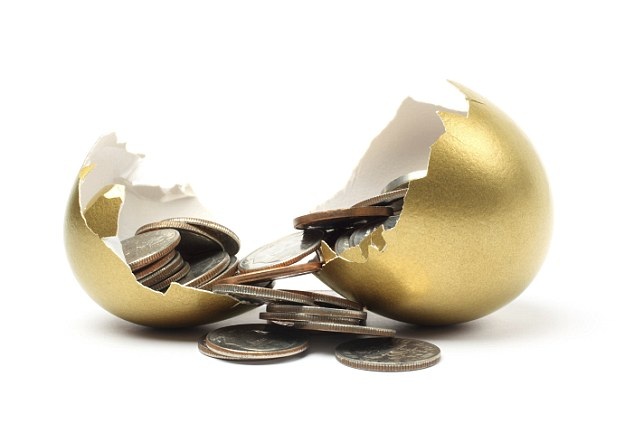Here's a little perspective on how you can invest in the stock market. Now, with the fund you have, what could you do? You will first need to decide how do you want to invest it… A lump sum or drip feeding the fund? This is an important decision, and you shouldn’t be made solely based on how much money you have at the moment. As how you time feed your investment could have a huge impact on the returns you receive.
Here's some example to get you started,
Does this mean that lump sum investment is better? Well, NO, investing a lump sum immediately exposed one’s investment to the market and has the greatest potential for growth, lump sum investing is more rewarding in the long run compared to regular small contributions. However, it will also have the greatest potential for loss should the market fall. To avoid exposing their investment to further risks, these investors would practice “investing on the dips” where they set a margin of safety for themselves or what’s commonly known as Value investing.
In contrary, drip feed or by investing small, regular amounts are one way to mitigate the risk in volatile investment, especially in the stock market. This is known as dollar cost averaging. The effect of dollar cost averaging is that you’re buying assets at different prices on a regular basis, and not buying at just one price. Hence, the highs and lows of the market will smooth out.
To learn to invest in the stock market, you first need to understand about risk, like many had suggested, but I will provide you an in-depth diagram,
"Risk is the probability that an actual return on an investment will be lower than the expected return. The uncertainty in Risk can be classified by systematic and non-systematic. Systematic risk which also known as market risk refers to the risk common to all securities, whereby it cannot be diversified away; Non-systematic risk or specific risk is the risk within a portfolio that can be reduced through diversification. In short, as an investor, they are all subjected to systematic risk, but they can further reduce the non-systematic risk via diversification in the portfolio. "
The answer to a safe option is therefore diversification and holding it for the long term. Let's see some example so you understand it better.
- "An investment portfolio, invested 15 years ago, made up of 5 equities with amount of 4000 each, and with the average annual return of -10%, -5%, -15%, 15%, and -20% respectively, based on these data, would you believe if I say you will still be making a profit from the investment? "
Despite the 4 losing equities, but after 15 years, the amount had still accumulated to 35715.13, and the total annual average return of 3.94%!
Always remember,
Diversification and holding for the long term are the keys.

